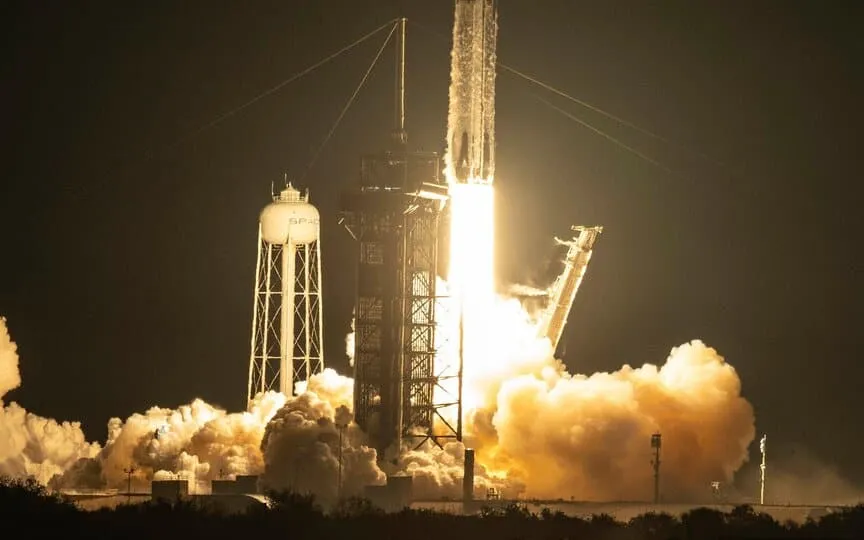SpaceX Plans to Launch 22 Starlink Satellites from California on March 30th
SpaceX is getting ready for an upcoming launch to deploy 22 additional Starlink satellites into orbit from Vandenberg Space Force Base in California on March 30. The launch, initially planned for March 28, has been postponed and is now scheduled for Saturday night.
Live broadcast details
The Falcon 9 rocket carries the payload of the Starlink spacecraft, intended to launch them into low Earth orbit (LEO). The launch is scheduled to take place at 10:30 p.m. EDT (7:30 p.m. Pacific Time or 0230 GMT on March 31). Viewers can follow the live stream through SpaceX’s account on X, starting just before liftoff, space.com reported.
After the Falcon 9 takes off, its first stage will return to Earth for a vertical touchdown on the drone ship “Of Course I Still Love You” in the Pacific Ocean. This landing marks the 15th successful return of this booster, demonstrating SpaceX’s commitment to reusable rocket technology.
After the booster returns, the Falcon 9’s upper stage continues its ascent, carrying the 22 Starlink satellites toward their assigned orbits. About 62 minutes after liftoff, the satellites will be deployed, furthering SpaceX’s ambitious goal of building a vast constellation for global Internet coverage.
This launch represents Falcon 9’s 30th flight in 2024 and the 20th flight dedicated specifically to expanding the Starlink megaconstellation. With more than 6,000 Starlink satellites already deployed, SpaceX continues to revolutionize Internet connectivity worldwide.
Of the 6,077 Starlink satellites to date, 5,610 are currently operational, according to astrophysicist and satellite tracker Jonathan McDowell. This shows that SpaceX has made significant progress in developing its satellite network and providing Internet access to underserved areas around the world.
As SpaceX moves forward with its Starlink initiative, the company remains at the forefront of space technology innovation. Stay tuned for upcoming launch updates as SpaceX continues to push the boundaries of space exploration and satellite communications.




